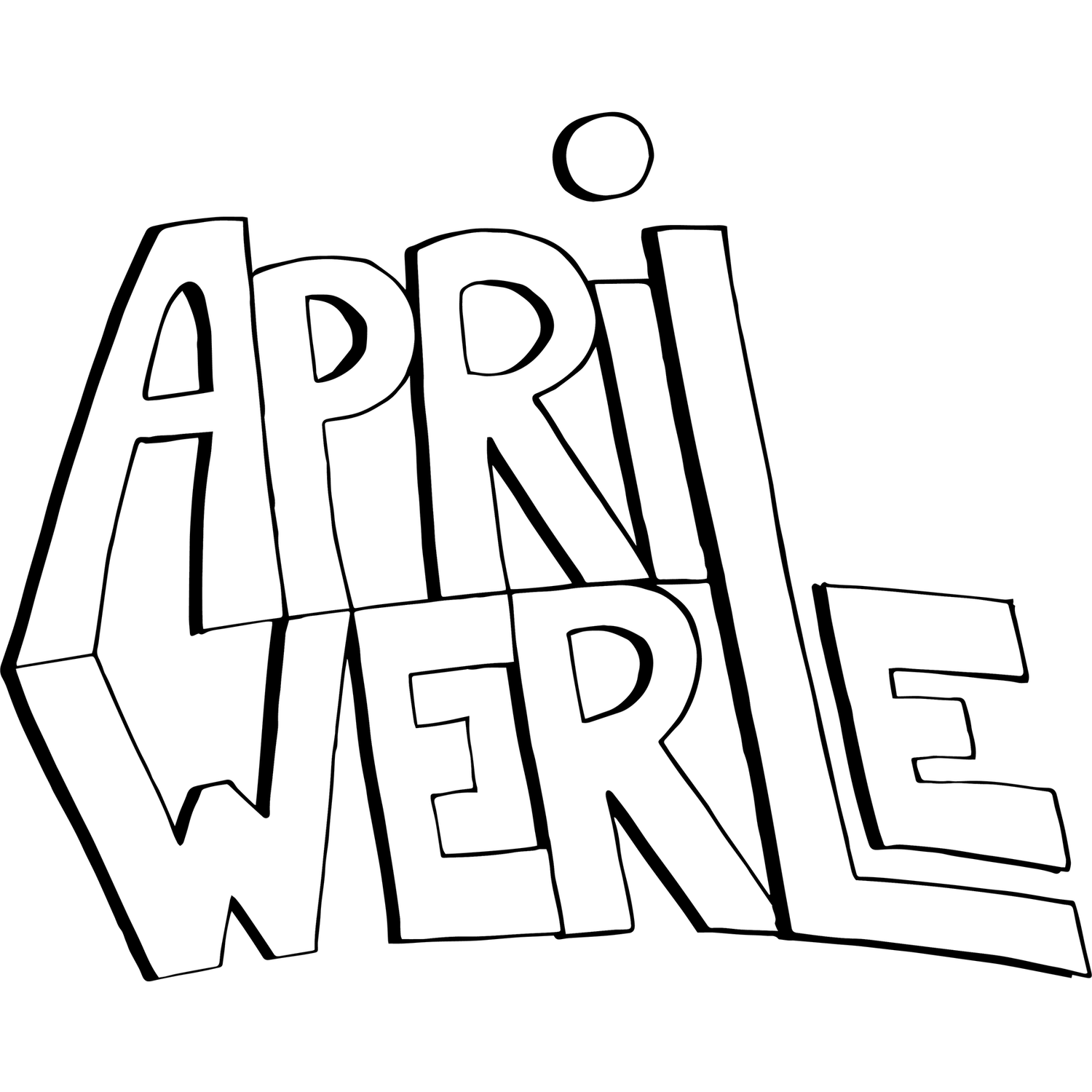4 Ways to Start Learning about your Filipino Heritage
Circa 1997: Obong, Dalaguete, Cebu, Philippines
Left to right: Kuya Jayrold, Kuya Mikee, Me, Tita Lucy, Ate Sheena
Are you Pilipino but don’t know much about your cultural heritage?
Is this your first time ever hearing about Filipino American History Month (FAHM)?
You’re in luck, because this is a great time to start reflecting on where you come from.
People often say, “if you don’t know where you come from, then you can’t know where you are going.”
As the first American-born Filipino in my nuclear pamilya, I always knew my mother’s migration story.
However, I didn’t know important things like…
Bisaya meant an ethnic group— not just a region of the Philippines;
Or how the terms “pinay” and “pinoy” were created in the United States in the 1920’s to describe Filipino Americans, and was later adopted by the Pilipinos in the Philippines.
Learning more about our culture and history has helped me become more self-aware, more confident in my identity as Pinay, more connected to family. It has given me a sense of belonging, and has given me a sense of direction.
In the spirit of FAHM, here are 4 questions to start your journey in learning more about where you come from, so you that you can know where you are going…
1. Start withYour Family’s Migration Story
If you have never dug into your family’s migration story, this is the best place to start learning more about FAHM.
What region of the Philippines is your family from?
My mother immigrated here in the early 1990’s from a barangay in Cebu, Philippines.
So she speaks Cebuano, which is a Bisayan language.
I always wondered why my ma didn’t sound quite like some of the other Pinays in our community.
But when I started learning about the 130+ different ethnic groups in the Philippines, I realized she had a different accent because she came from a different region.
2. Find your Local Filipino Community
I live in Missoula, Montana which is about 100,000 people in a super homogenous city.
Even more homogenous (and smaller!) was the city that I grew up in.
And yet, there WAS a Filipino community.
So if you haven’t looked yet, no matter where you are, I bet you’ll find at least some Filipino nurses at your local hospital.
(Side note) This is because when the Philippines was a US colony, the United States established an American nursing program in the Philippines.
Today, the Philippines is the leading exporter of professional nurses to the US.
Btw, my Filipino ma works in healthcare. So do a ton of my titas.
When I moved to Missoula, I wasn’t sure where to start finding community.
It wasn’t until I had lived here for 7 years, that I finally started trying to find more Filipinos here.
It started with a Filipino grocery store opening, and an AAPI Women’s+ Facebook group.
Are there any Filipino grocery stores, retail stores, artists/creators in your community?
Finding a local community makes it a hell of a lot easier to learn and share culture.
But if you can’t seem to find a local community there’s always the internet…
3. Join a Filipino American Group Online
Like I said before, there’s always the internet.
When I first started trying to reconnect with my Filipino roots, I joined online groups and attended online conferences.
This gives you the ability to connect with large Filipino American communities like in LA, the Bay Area, and Seattle to name a few.
Two online communities that I started with are:
Filipina Authors Book Club
Facebook group, reads a new book every month and virtual meetups with authors.
The Filipino American Woman Project
Podcast, also has a discord community where you can chat with hosts and previous interviewees.
Have you found an online FilAm community that resonates with you?
4. Learn about History, especially Filipino American History
I am certainly no expert, and probably at this point still know more about Philippines history than FilAm history, but it is important to know the context that you live in.
Do you know what the term “diaspora” means?
It means, the dispersion of any people from their homeland.
If you are FilAm, that means you are a part of the Filipino diaspora.
We are super lucky to have an organization called Filipino American National Historical Society, that does a tremendous job with making FilAm history accessible.
This year’s FAHM theme is, Celebrating Our History and Legacies:
50 Years of Filipino American Studies
40 Years of the Filipino American National Historical Society (FANHS)
and 30 years of Filipino American History Month.

